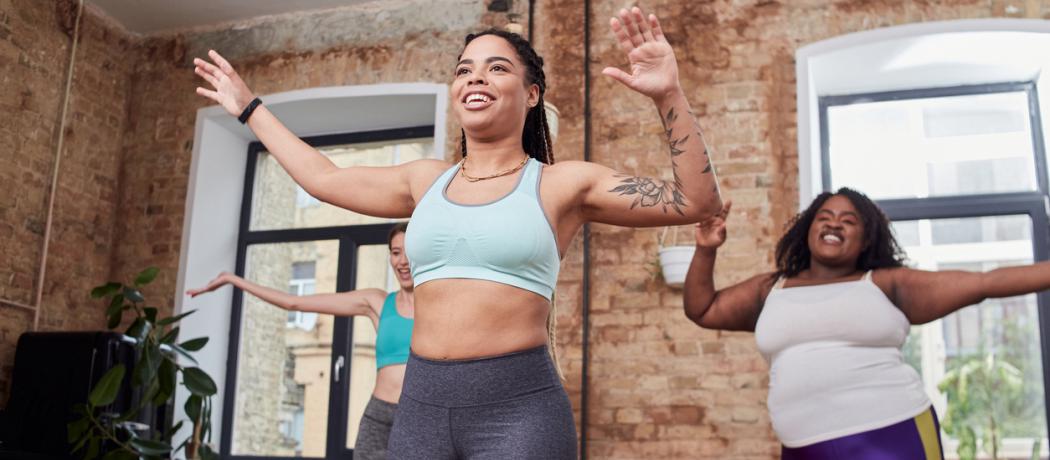It is not often that the BCMJ and the Lancet publish articles in the same time frame about the same topic but with significantly different perspectives.
In the July/August issue of the BCMJ, the importance of “Incorporating exercise prescriptions into medical education” emphasizes that exercise prescription is an effective way for physicians to encourage increased physical activity in their patients. Medical students need a curriculum item in their studies to learn to assess their patients’ activity levels, engage their patients in safe exercise activities, create personalized prescriptions, and provide ongoing motivational support.
Two opinion pieces in the July 2021 issue of the Lancet also support the importance of physical activities but jointly promote a somewhat different and wider focus with, “A sporting chance: Physical activity as part of everyday life” and “Moving beyond more: Towards a healthy balance of daily behaviors.”
The first suggests that we need to move beyond simply aiming for more physical activity. We have to find a healthy balance between our daily activities—sleeping, being sedentary, and being physically active. The other re-emphasizes the need to understand physical activities in the context of our health goals.
Both Lancet pieces agree that, to start with, we need more research to understand what is a healthy balance of the daily behaviors in different populations. We need to study the impact of our activities on our lives together with the context in which these activities occur. For example, there is some evidence that children with high levels of physical activity and low sedentary time have the lowest adiposity, while children with low levels of physical activity and high sedentary time have higher academic achievements. In a survey of Canadian children, more vigorous physical activity was associated with lesser adiposity and higher fitness, but light physical activity and longer sleep were associated with better behavioral outcomes.
The BCMJ article laudably suggests personalized assessments of our patients, and the Lancet agrees, but maintains that there is a need for more reliable research to support various physical activity guidelines for different ages, people with different occupations, and those living with disabilities. However, the main point in the Lancet is that in addition to emphasizing specific physical activity guidelines at the individual level, we need to look at opportunities to improve health and well-being at the societal level as well. Sports and recreational activities can foster a sense of community, team work, and inclusion. Such outcomes may be important to populations that face stigma, isolation, or social anxiety. The Lancet claims that a one-size-fits-all physical activity target is not realistic without considering the types of activities, the context in which they take place, and the desirable impact on individuals’ health and societal well-being. To achieve such a goal, Lancet authors suggest that more studies are needed to determine what constitutes a healthy balance of daily sleep, sedentary time, and physical behaviors in different populations.
As a patient at my regular cardiac visits, I am asked to list the time I spend on my physical activities, but not in what context those activities take place. For example, my daily walks are often with company and during those walks I may unburden myself of my daily worries and lighten the mental load I carry. During my rowing sessions I watch with admiration one rower with a severe visual problem and another with an injury to his spinal cord. What a motivational experience for me! After my rowing session, I have my nonalcoholic beer and share popcorn with several rowers of various ages, cultures, and work backgrounds, and perhaps alternate views on life in general. The context of my physical activities stimulates my desire for exercise and that context might be as important for my mental health and social well-being as the number of kilometres I row is for my cardiac well-being.
The bottom line: the heightened public awareness about the importance of health presents an opportunity to go beyond focusing on guidelines. At UBC Medical School, including the context and interrelatedness of sleep, sedentary time, and physical activities would make the ExRx curriculum more holistic. Including the motivational features of the UBC program would make the Lancet’s holistic suggestions more practical.
—George Szasz, CM MD
Suggested reading
Carson V, Tremblay MS, Chaput J-P, Chastin SFM Associations between sleep duration, sedentary time, physical activity, and health indicators among Canadian children and youth using compositional analyses. Appl Physiol Nutr Metab 2016;41(6 suppl 3):S294-302.
Dumuid D, Olds T, Sawyer SM. Moving beyond more: Towards a healthy balance of daily behaviours. Lancet 2021;398(10298):373-374.
Editorial: A sporting chance: Physical activity as part of everyday life. Lancet 2021;398(10298):365.
Roberts A, Wilson R, Gaul CA. Incorporating exercise prescriptions into medical education. BCMJ 2021;63:238-241.
This post has not been peer reviewed by the BCMJ Editorial Board.

